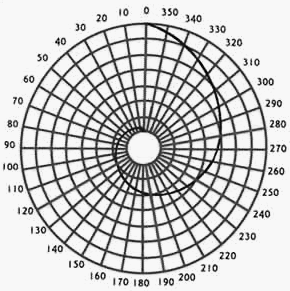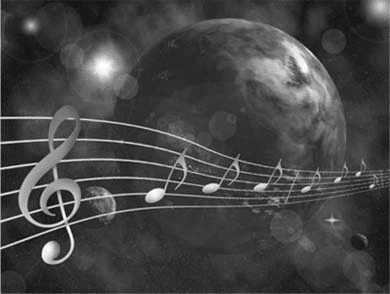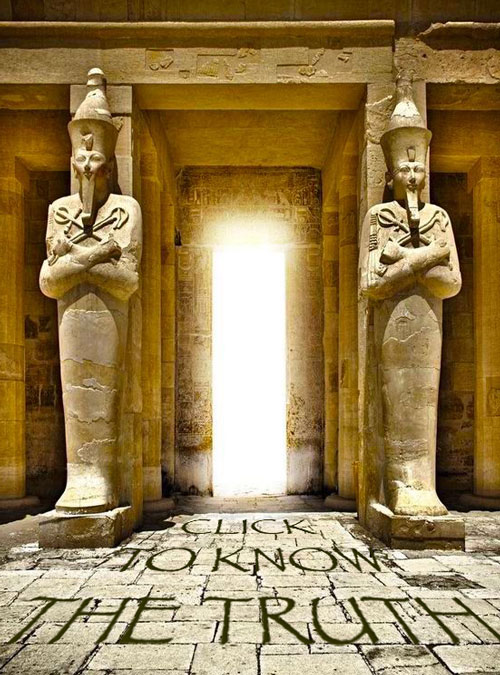Music of the spheres
You may have noticed the recurrence of the number 23 throughout our galaxy, and in particular its relationship with Earth and Sirius. 23 is really the manifestation of a wave signature and it has its origins in sound: 23 cycles per second produces the note Gb (F#), the vibration of our planet’s OHM frequency.

Pythagoras demonstrated:
» Music is geometry «
» Music theory is fundamentally about the ratios of numbers «
» The harmonic nature of music reflects the harmony of creation «
» Every musical tone is made of up of pure sine waves «

Another way to say this is that GEOMETRY IS FROZEN MUSIC. When time is included (cycles), then we have music which becomes a geometrical collection of frequencies. A note can be high or low, depending on how often the waves arrive in our ear. When we talk about how high or low a sound is, we are discussing frequency—any note that has twice the frequency of another is one octave higher.
The human ear has a logarithmic response to sound so that the perceived difference between notes on a scale is the same if their frequencies are spaced as a power law. For keyboard instruments, the entire frequency range can be partitioned into a number of discrete notes spaced at equal logarithmic intervals. The F# major scale consists of F#, G#, A#, B, C#, D#, E# and F#. The figure below would be a golden mean (logarithmic) spiral if we continued the curved line into the centre.

By superimposing the polar grid over the musical octave, we start to see how time and space are organised by the OHM sound, or our infrasonic vibration. This implied logarithmic signal is the basis of life in the universe as we understand it.
Human awareness is aligned with this timeless state of consciousness. There will never be a future, and there has never been a past. “Alwaysness” is where our perception resonates, even as we inhabit 3D bodies which are part of the physical environment. Time and space both resonate, but they are part of the transitory wave geometries which adorn the OHM sound. Time and space then, can only be witnessed by the internal, subjective consciousess of the observer.
With its atomic number 8, oxygen is the element of the octave. The 8 electrons of the oxygen atom shell and the 8 protons of the oxygen atom nucleus form a major scale; the spins of the particles precisely marking the half tones and whole tones. The spin -1/2 is the semitone and the spin +1/2 is the full tone: the negative spin lies at the fourth and eighth steps.

F# (Gb) is the harmonic frequency of the reality in which we live. The builders of the pyramids knew this and the King’s Chamber resonates strongly to this chord. The pyramids may be understood as massive resonance gates, amplifying Earth’s vibration and unlocking portals to vibrationally sympathetic worlds.
What we are really saying here is that human perception is based on 23 cycles a second, which is the level at which we vibrate. So the number 23 rules our experience of TIME.
The cosmos is filled with sounds and rhythms: from pulsars, quasars, supernovas, colliding star systems to our own sun and nearby planets. In light of this the word cosmos, (from the Greek Kósmos) retains much of its original meaning of “adornment”.

The planets resemble notes on a bar. Pythagoras called this the music of the spheres.
